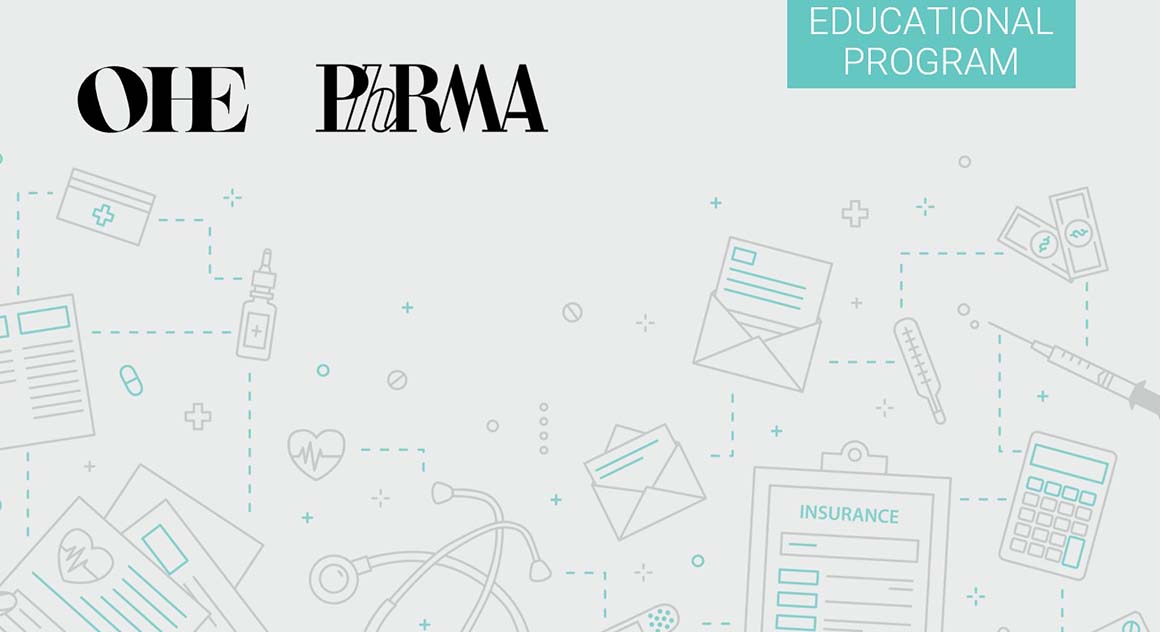Drug prices in the US might overstate pharmaceuticals’ long-run cost up to 75%. True long-term costs then must be considered by market access and policy decisions.
The policy debate over the price of prescription drugs in the US continues to intensify. However, the debate does often not consider the effect of patent expiration and Loss of Exclusivity (LOE) on drug prices. The long run price of prescription drugs depends on the nature and consequences of generic competition which reduces drug prices significantly after patent expiration. To estimate the value that pharmaceuticals deliver to society in the long run, it is also necessary, at a minimum, to account for any medical cost offsets they generate in health care systems.
The article estimates the long-run average cost (LAC) for a typical drug in the US, accounting for the effects of generic competition and medical cost offsets. For the estimation of the LAC, defined as the long-run cost per unit of the drug, the authors developed a formula which discounts to the present the average per unit price paid over the lifecycle of a drug accounting for the effect of generic competition and medical cost offsets.
The database for the price analysis used was the Medical Expenditure Panel Survey (MEPS) Prescribed Medicines Files for the period ranging from 1996 to 2013. Defining the year of Loss of Exclusivity (LOE) as the first year that a generic National Drug Code was used for a generic substitute of a drug within the sample, the database provided information about prices as early as 17 years before the LOE and up to 16 years after LOE.
A targeted literature search was conducted to estimate the direct medical cost offset per prescription fill. Literature search was focused on finding reviews and meta-analyses on the effects of pharmaceutical use on direct costs or medical/non-pharmaceutical spending. Direct medical cost offsets were estimated at $94 per year.
Results showed that the average price of a typical branded drug fell rapidly after generic entry. The average generic price was 66% below the LOE price (defined as the price one year prior to generic entry) 5 years after generic entry, and 80% below, 10 years after generic entry. The market share of the generic was 33% on average in the year of generic entry, 74% after 5 years, and 77% after 10 years.
As a consequence of generic entry, the price in the year prior to LOE was 139% of the LAC (the LAC is 28% below the LOE price). When also accounting for medical cost offsets, the price in the year prior to LOE was 175% of the LAC price (the LAC is 43% below the LOE price.)
The average brand price increased throughout the drug’s lifecycle. The real brand price 14 years prior to generic entry (14 years was the average period elapsing for a small molecule between the drug launch and the LOE) was 80% of the LOE price, suggesting prices rose by 25% during the patent period. As a result, the price at launch year was 111% of the LAC of the drug (the LAC is 10% below the launch price). Accounting also for medical cost offsets the price at launch year was 140% of the LAC (the LAC is 29% below the launch price).
The net effect of falling generic prices, rising brand prices, and rising generic market shares was that the average market price in the year generics entered the market the price was 6% lower than the LOE price. After 5 years it was 55% lower and after 10 years, 71% lower.
Importantly, the authors lacked data on the rebates paid from manufacturers to payers. Rebates are an important part of the US pharmaceutical market. As a consequence, the estimate of the average LAC may therefore overstate the actual average LAC.
In the light of study’s results, the article concludes that to ensure that all drugs providing long-run value end up entering the marketplace, market access and other policy decisions should consider the full range of long-term costs—and not just prices at a particular point in time.
The full article is available here [open access]



